around1900 BCE–now
Mathematical Beans and Knotted Strings
Counting Methods from the Moche Culture
A long time ago, you probably wouldn't know what an octopus was unless you lived near the ocean.
Funding for this project generously provided by Overdeck Family Foundation
around1900 BCE–now
A long time ago, you probably wouldn't know what an octopus was unless you lived near the ocean.
The math we use every day depends a lot on what we encounter in the world around us!
The Moche (pronounced mo-chay) people lived in northern Peru more than a thousand years ago, between about 200–900 CE. They lived near the ocean, and they knew that an octopus has eight arms.

The Moche made thousands of ceramic "stirrup-spout" bottles. The handle of the stirrup-spout bottle is shaped like the stirrups on a saddle. The shape of the handle slowed the evaporation of the liquid inside the bottle. This stirrup-spout bottle was decorated with an octopus.
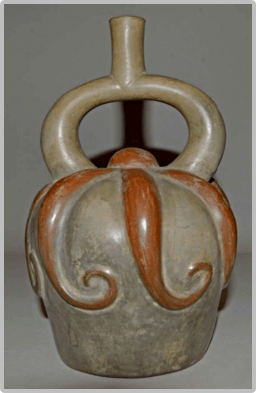
Most of all, the Moche loved to decorate stirrup-spout bottles with images of beans!
Beans were very important in Moche culture. The lima bean originated in Peru at least eight thousand years ago. Lima is the capital of Peru, and its largest city.

The Moche painted pictures of beans and even warriors in the shape of beans!
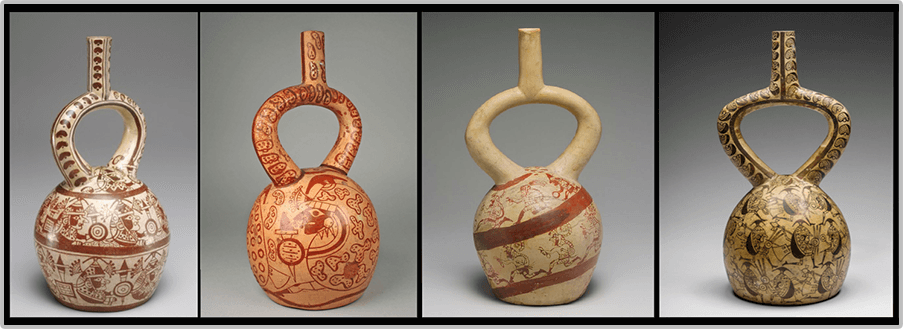
The Moche used beans to help them count things. They painted beans with different colors and patterns to record numbers and even messages. Historians haven't been able to decode these messages, though.

Other ancient peoples, such as the Greeks and Romans, used small stones to help them count. In Latin, the word calculus literally means "small pebble."
Originally, the Moche grew large quantities of lima beans. These beans were commonly available, just like beans are an inexpensive, everyday food today. Over time, though, lima beans became a status symbol. Ordinary people wouldn't eat lima beans every day—not because they were hard to grow, but because Moche rulers restricted people's access to the beans. Lima beans became a symbol of power and prestige.
Textiles (like fabric or cloth) were status symbols in Moche culture, like fancy clothes are a status symbol today. The Moche were very skilled at weaving complicated geometric patterns using cotton or wool from alpacas.
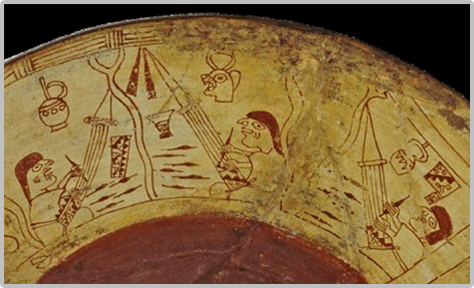
Moche weavers were women who came to understand patterns, symmetry and geometry through many years of experience.

Ancient Peruvian ceramics were also decorated with complicated patterns. For example, this Peruvian bowl has a triangular pattern (like a cellular automaton) that is similar to the repeating pattern of pink triangles above.
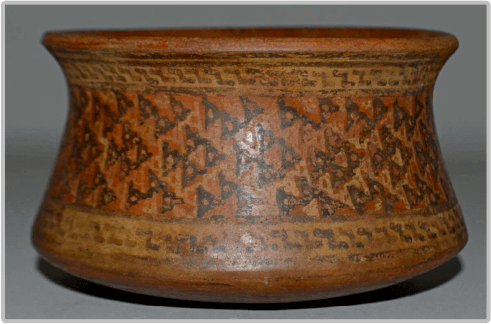
Notice the geometric patterns on this balance scale created by the Moche around 600–900 CE. The nets on this scale were woven in diamond-shaped patterns using special yarn made from wool, cotton and linen threads. Historians believe that this particular scale was used to weigh items that were highly valuable.
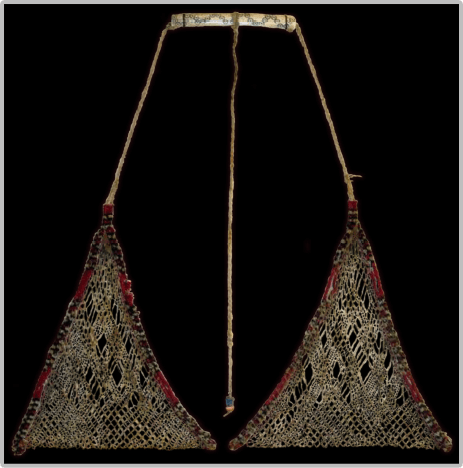
Moche culture was a major influence on the mathematics of later South American civilizations such as the Incas. The Incas created a massive empire of almost ten million people from 1438–1533 CE. The Inca empire covered an area that includes parts of modern-day Peru, Chile, Ecuador, Bolivia and Argentina.
Like the Moche, Inca women were traditionally highly skilled weavers. All Inca women, rich or poor, learned to weave. They wove with cotton or with wool from alpacas or llamas. Inca women wove textiles with beautiful geometric designs that were symbolic of political power, social status and ethnic identity. The finest, smoothest textiles were specially created for Inca royalty.
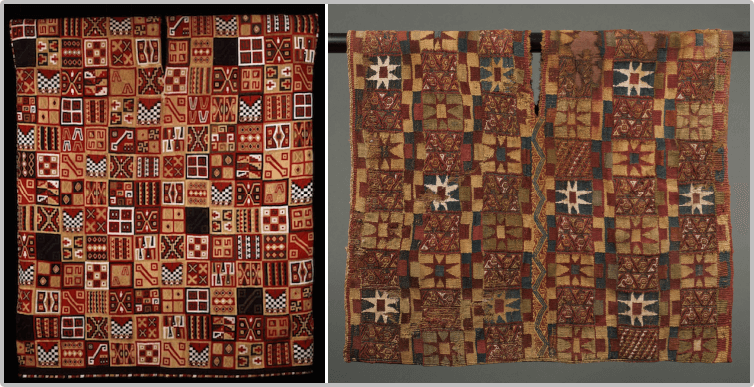
Incas also used cotton or wool strings to make a mathematical device called a quipu (pronounced kee-poo). The strings of a quipu were knotted and colored in different ways to record and communicate numbers and messages.
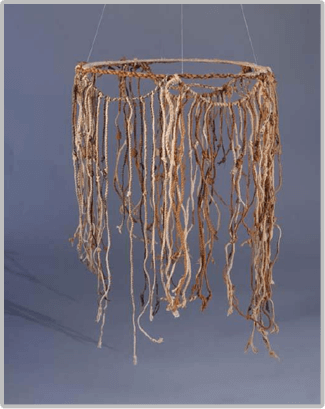
An expert called the quipucamayoc (pronounced kee-poo-ka-my-oak) was in charge of creating and reading the complicated quipus. By observing and touching each of the cords and knots, the quipucamayoc interpreted the meanings of its colors, the thickness of the cords, the twisting of the threads, and the kinds and positions of knots on them.
The Incas also used a mathematical device called a yupana (pronounced you-pah-nah).
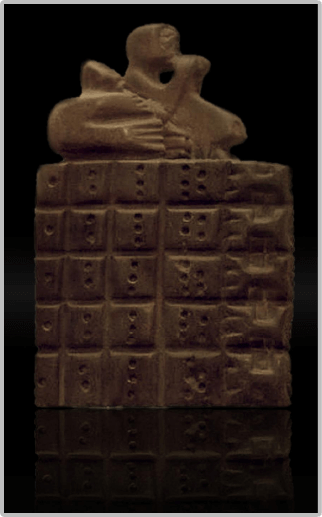
The earliest yupana date to 200–600 CE. The Incas would perform calculations by placing stones, grains or beans on a yupana in different ways. Then they would record the results of the calculations on a quipu. In the Quechua language, the word yupay means "to count."
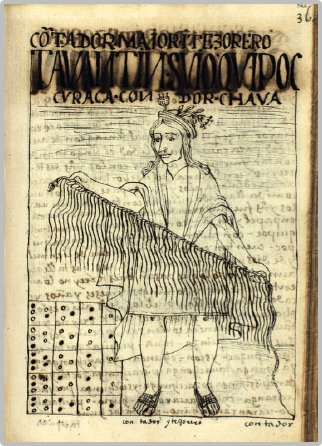
Visit the virtual yupana exhibit to learn more about how the Incas performed calculations.
Yupanas came in many shapes and sizes:

This giant yupana was just discovered by archaeologists in Peru in 2017! It is 2 meters square, or about 6.5 feet by 6.5 feet.

There are many historical accounts of yupana, but we don't know exactly how they all worked. It's a remaining mystery from the history of mathematics…
Visit the online History of Mathematics exhibit to learn more!